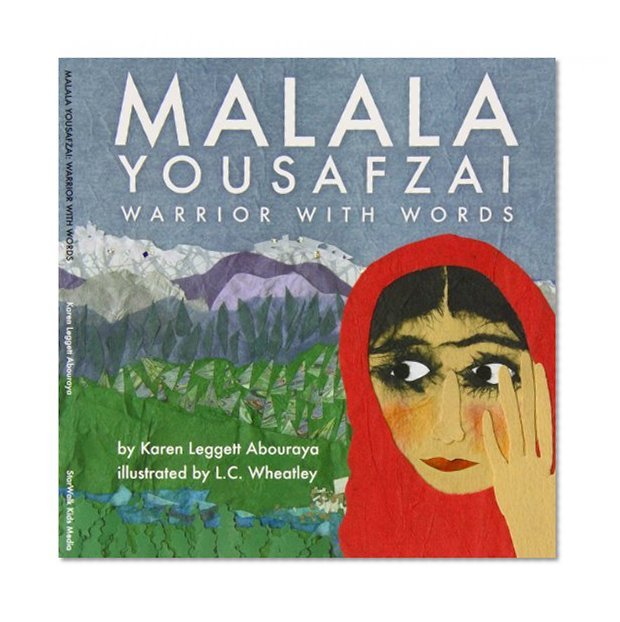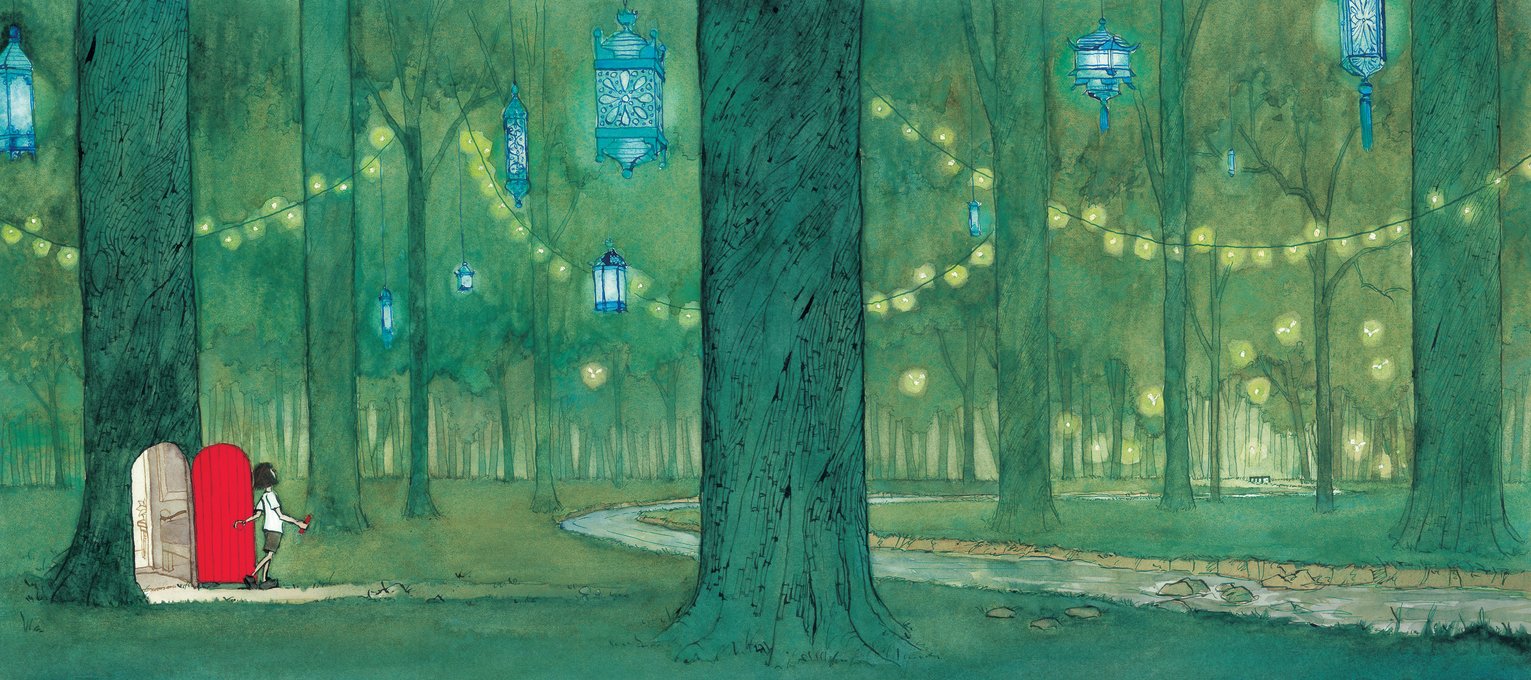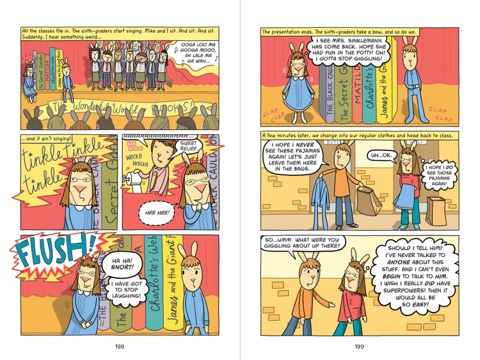
The book lends itself well to teaching about social justice, standing up for what is right, the importance of education, and ideas of terrorism in the Middle East. I really liked the way the book addresses the darkness of terrorism and the Taliban, while still making it accessible and appropriate for children. For example, the text says, "The Taliban ordered everyone to obey very strict rules. They said that girls should not be educated and women should not work outside their homes. Malala wrote that this was a very dark time. 'We have some people who are afraid of ghosts and some people who are afraid of spiders, and in Swat we are afraid of humans like us.'" This shows how the text models this darkness, without being too graphic.
This book has wonderful illustrations that mix paint, photographs, and other textures that create a beautiful collage on every page. The text appears to be written on notebook paper, making it seem as though it is from Malala's very own diary.

I look forward to using this book to talk about different cultures and beliefs. I think, as teachers, we so often want to discuss problems in the news, but are unsure of how to do so. Malala Yousafzai: Warrior of Words gives teachers a way to breech tough subjects in an honest, yet still guarded way. The story also could be helpful in reminding students how important schooling is, and how school is not easily accessible to everyone in the world. Malala holds the power in this book, so it could be a very encouraging book to young females, especially those of minorities.
The book also has a great map of Pakistan in the back and a general overview of important need-to-know facts. It also has a "You Can Help" page that gives kids ideas of how they can help encourage positive change in our world and help everyone go to school. It could be great for getting kids involved.
Here is a link to the ebook trailer: https://vimeo.com/95924969



 Extra Yarn by Mac Barnett and illustrated by Jon Klassen is an adorable picture book about a kind little girl who knits colorful, warm sweaters and wraps for people and things in her town. The story starts with an illustration of a dark, snow-covered town that the author describes as "cold" and covered with "soot from chimneys". Annabelle, the main character, finds a small box of yarn. She knits herself a sweater, and then one for her dog, Mars. Afterwards, she still has extra yarn. Annabelle begins to sew for her neighbors, her family, her classmates and teacher, and the animals in her neighborhood. Two leafs of the book show the town still covered in snow, but now with colorful houses wearing sweaters. At one comical point, Annabelle is actually knitting a sweater for a pick-up truck. Later in the story, the evil archduke arrives to Annabelle's town, offering to pay a large sum of money for her ever-refilling box of yarn. She politely rejects his offer, leaving the archduke to steal the yarn box. However, once he steals the box, he realizes that it is empty. Enraged, the villian tosses the box into the ocean, shouting that the child will never be happy again. The story, nonetheless, ends on a happy note, with the box landing on Annabelle's shores, a smile on her face.
Extra Yarn by Mac Barnett and illustrated by Jon Klassen is an adorable picture book about a kind little girl who knits colorful, warm sweaters and wraps for people and things in her town. The story starts with an illustration of a dark, snow-covered town that the author describes as "cold" and covered with "soot from chimneys". Annabelle, the main character, finds a small box of yarn. She knits herself a sweater, and then one for her dog, Mars. Afterwards, she still has extra yarn. Annabelle begins to sew for her neighbors, her family, her classmates and teacher, and the animals in her neighborhood. Two leafs of the book show the town still covered in snow, but now with colorful houses wearing sweaters. At one comical point, Annabelle is actually knitting a sweater for a pick-up truck. Later in the story, the evil archduke arrives to Annabelle's town, offering to pay a large sum of money for her ever-refilling box of yarn. She politely rejects his offer, leaving the archduke to steal the yarn box. However, once he steals the box, he realizes that it is empty. Enraged, the villian tosses the box into the ocean, shouting that the child will never be happy again. The story, nonetheless, ends on a happy note, with the box landing on Annabelle's shores, a smile on her face.







